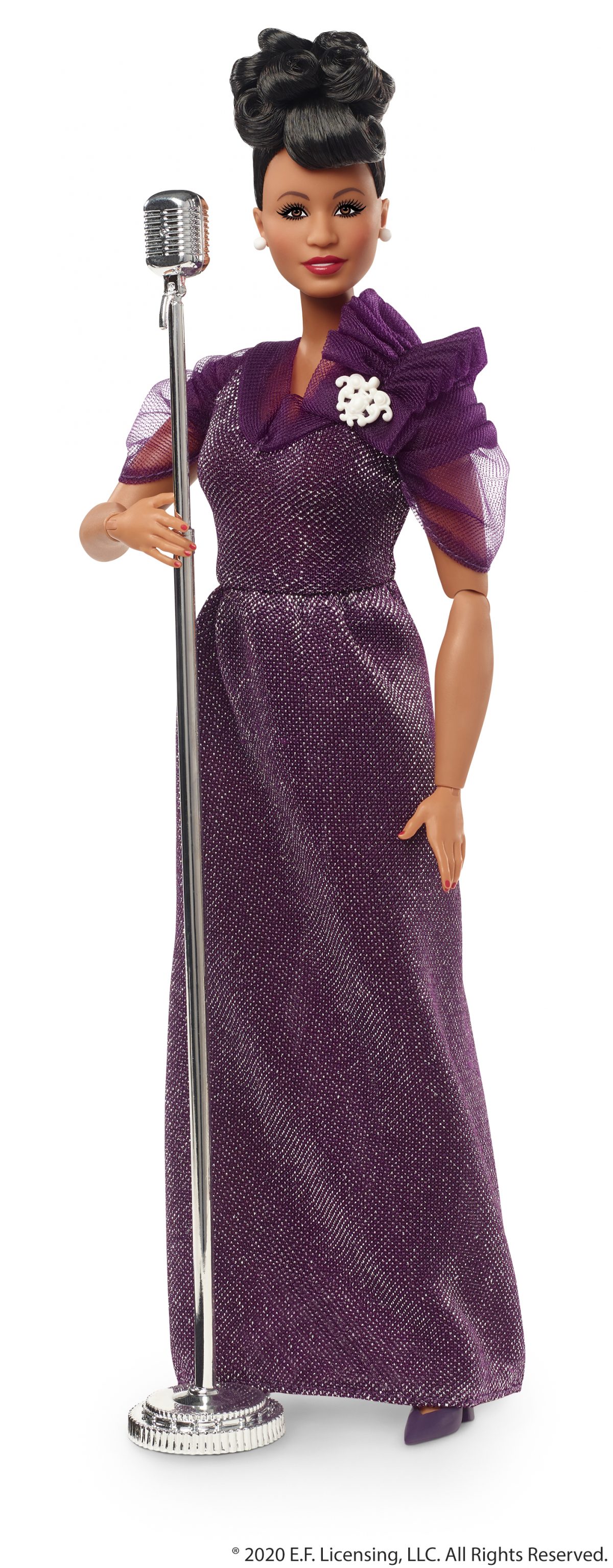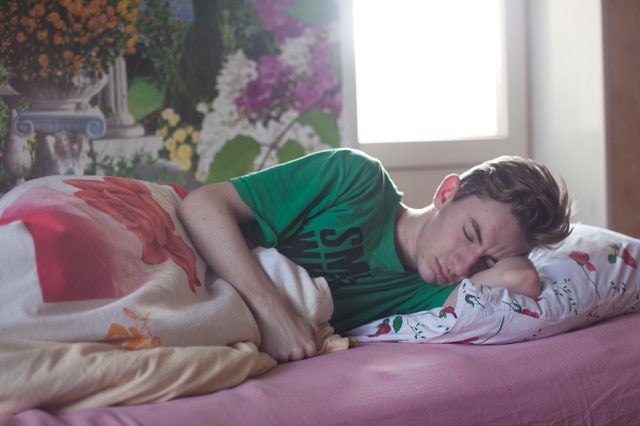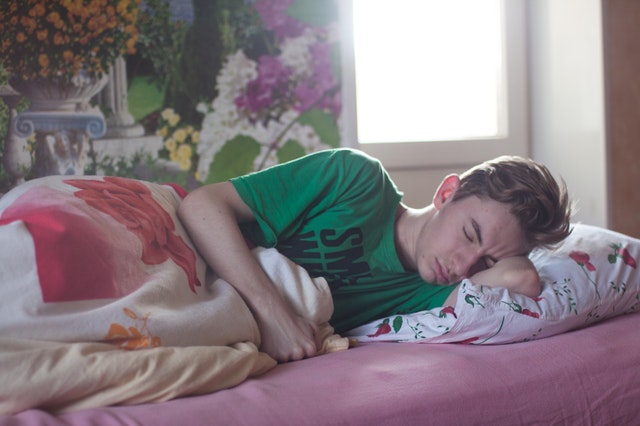A new program is making it easier for customers to shop for their neighbors when making a trip to their local Walmart store. Now communities have more access to essential items while limiting contact. Walmart and Nextdoor announced today the launch of their “Neighbors Helping Neighbors” program, an effort to make it easier for neighbors across the country to help one another during the COVID-19 pandemic.

Through this new program, Nextdoor members in cities across the country can now request assistance or offer to help someone in their community by shopping for essential items at Walmart. This support network makes it easier for vulnerable members of the community to coordinate the pickup and delivery of their groceries, medications and other essentials with a neighbor who is planning a shopping trip to their local Walmart store. These transactions are completely contact free.
The new “Neighbors Helping Neighbors” initiative follows recent moves by Walmart to make other shopping services, like checking out with Walmart Pay and its curbside pickup and delivery services, contact-free.
“I’ve seen firsthand the countless ways our Walmart team is working together during this challenging time, leading with humanity, compassion and understanding to serve our customers,” said Janey Whiteside, Walmart’s chief customer officer. “We’re continuing to do that through our new program with Nextdoor. We’re connecting neighbors to each other so that more members of our communities have access to essential items, while limiting contact and the number of people shopping in our stores.”
If a Nextdoor member needs help shopping for needed items or wants to offer their help to do so they need to visit Nextdoor or log on to the Nextdoor app, which is available on both iOS and Android phones. Members can click on the “Groups” tab to see Walmart stores in their area pinned to the top of the page. Members will then be prompted to share a message in the group feed where they can indicate if they need help or want to help. Once members connect in the feed they can work out details of the shopping trip on the message board or direct message each other to work on the specifics. Neighbors are encouraged to utilize contact-free payment options and delivery methods.
“We’re inspired every day by the kindness of people around the world who are stepping up and helping out. In recent weeks, we’ve been blown away by the number of members who have raised their hands to run an errand, go to the grocery store or pick up a prescription for a neighbor,” said Sarah Friar, Nextdoor CEO. “We’re grateful for Walmart’s partnership to make this important connection between neighbors around vital services, and we’re proud to come together to ensure everyone has a neighborhood to rely on.”
The “Neighbors Helping Neighbors” program builds on Nextdoor’s recently launched “Groups” feature which enables members to organize around a shared interest or project. Over the last few weeks, Nextdoor has seen a 7x increase in people joining groups to help one another – from checking in with the elderly and vulnerable to running errands for those who simply need a helping hand.
Walmart store locations and hours where “Neighbors Helping Neighbors” is available can be found on Nextdoor’s “Help Map.”
—Jennifer Swartvagher
Featured photo: Bruno Kelzer on Unsplash
RELATED STORIES




















